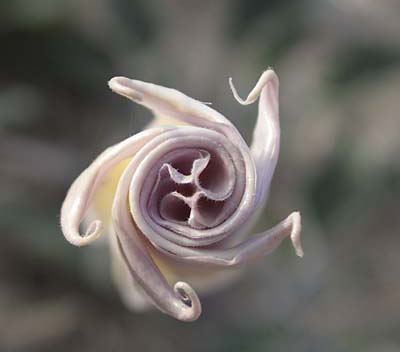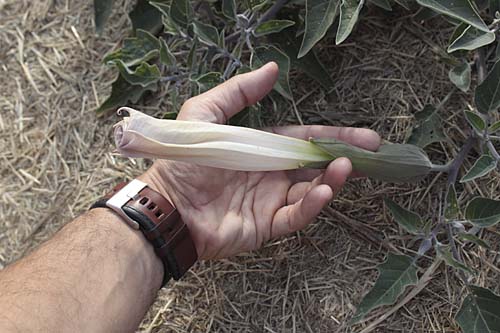Rebecca Solnit wrote an essay for Extreme Horticulture,* a book by photographer John Pfahl who was the subject of one of this blog’s first posts. I bumped into the essay again as I was skimming through an anthology I’d read last year, Solnit’s Storming the Gates of Paradise: Landscapes for Politics. Here’s a fragment that I found really interesting, part of her essay, “The Botanical Circus.”
There is a whole language of class in the garden–when they returned to the garden, flowers were redeemed with the tasteful monochromatic schemes of the likes of Gertrude Jekyll; and, as gardening essayist Michael Pollan points out, there is a whole class war of the roses, in which old roses–more fragrant, more softly shaped, less abundant in their bloom, more limited in the palette–are the exiled aristocracy. Good taste is about renunciation: you must have enough to restrain in order to value restraint, enough abundance to prize austerity. After all, it was only after aniline dyes made bright clothing universally available that the privileged stopped dressing like peacocks; spareness is often the public face of excess…Moderation, the Greek philosopher said, is pleasant to the wise, but it’s not necessarily fun. Eleanor Perényi writes in her book Green Thoughts: A Writer in the Garden,
Looking at my dahlias one summer day, a friend whose taste runs to the small and impeccable said sadly, “You do like big conspicuous flowers, don’t you?” She meant vulgar, and I am used to that. It hasn’t escaped me that mine is the only WASP garden in town to contain dahlias, and not the discreet little singles either. Some are as blowsy as half-dressed Renoir girls; others are like spiky sea-creatures, water lilies, or the spirals in a crystal paperweight; and they do shoot up to prodigious heights. But to me they are sumptuous, not vulgar.
I’ve gone on in some posts about the necessity to rein in color choices to achieve some sort of harmony. But then I’ve written about wonderfully vulgar, er…sumptuous, plants like toloache and Echium wildprettii. I really do like a certain amount of order, but at the same I do appreciate these flaming agents of chaos. I may achieve pockets of “good taste” in the yard, but these are tempered by the bawdy and outrageous.
So what’s your garden like? Carefully coordinated and muted like a wardrobe from J. Crew or Land’s End? Or sassy and outrageous like Martha Stewart in hot pants and five-inch cha-cha heels?
A note on my links to books: The book links in all of my posts (with only one exception that I can think of) take you to abebooks.com, a site made up of hundreds of booksellers around the world, a good many of them the little brick and mortar operations that are dying out too quickly as giants like Amazon take over publishing.

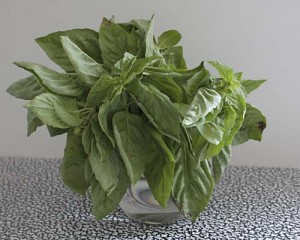
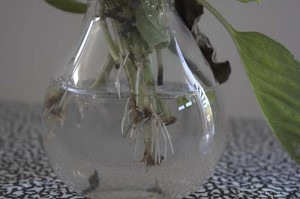
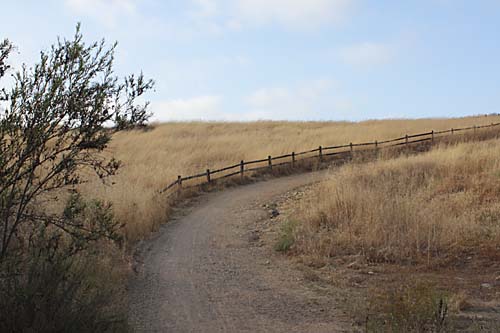
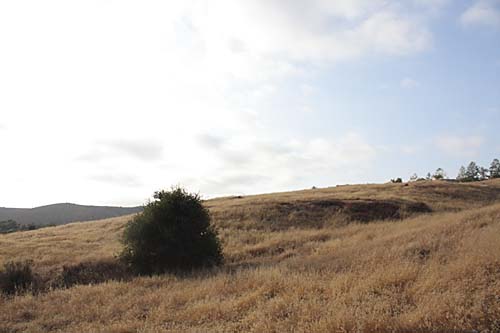
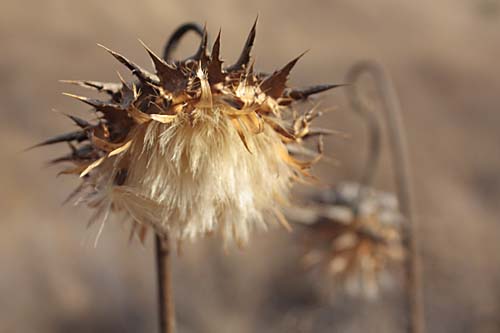
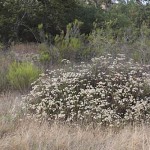
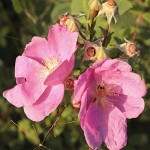

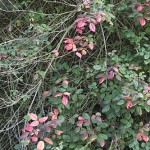
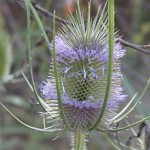





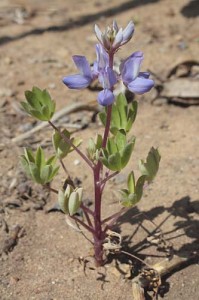
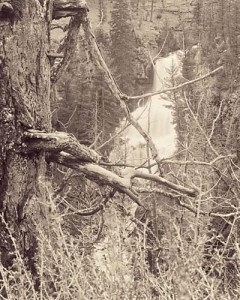
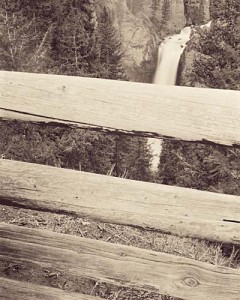

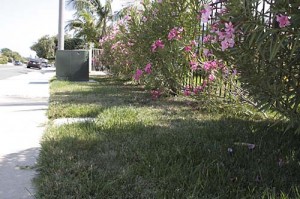
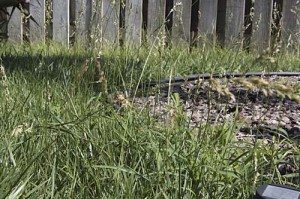
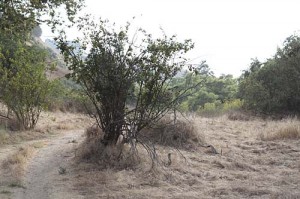
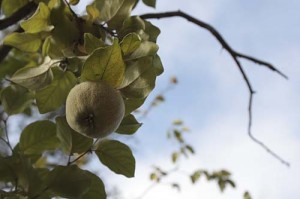
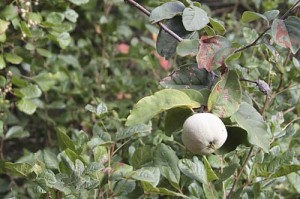

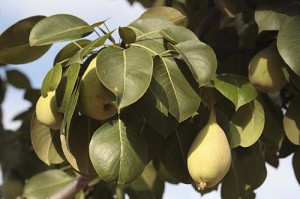
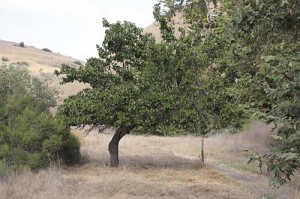
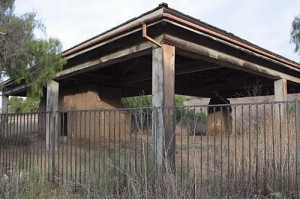


 Photo by Dlarsen, via Wikimedia Commons [
Photo by Dlarsen, via Wikimedia Commons [ 